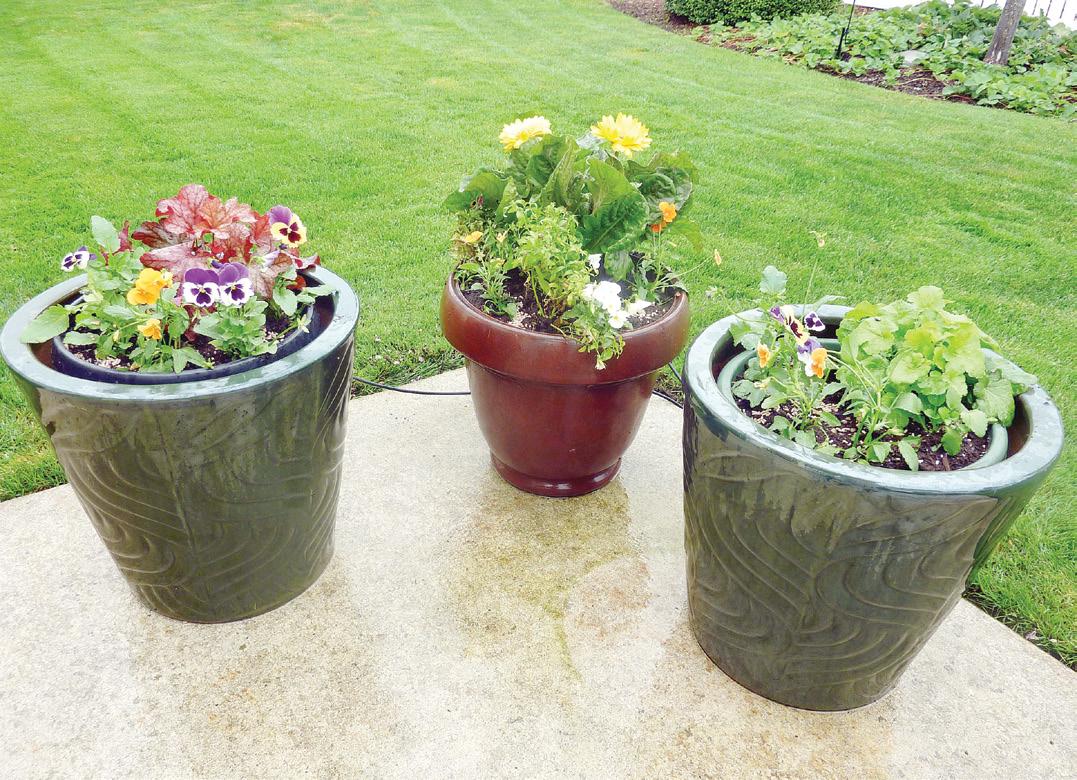Forest gardens By Shauna Dobbie
18 • 2019
Archive photo.
A
s I started to research forest gardens, my hair started to grow long and my clothes all turned to homespun cotton. This is definitely a topic with hippie appeal. Originating in tropical areas such as India and Indonesia, forest gardening was adapted to temperate climates in the 1980s by Robert Hart. The idea is to grow many different types of food and other useful plants and trees in the same area. Food crops should be perennials or at least selfseeding annuals. You can maintain small animals that have a symbiotic relationship with the garden in this area too, such as chickens and bees. By gardening this way, you use less human energy to sustain your diet. Hart was able to produce enough fruits, nuts and leafy vegetables for himself and his brother (vegans) on a 0.12-acre plot of land. The idea hasn’t really caught on. After all, do you know of anyone who has a forest garden in your neighbourhood? But there are several people in Canada who are market-farming using at least some of the principles of forest gardens. And some of the principles may work for you, particularly in a home garden. We’ll start with the largest of the forest-gardening plants, the trees. In cooler areas, you are unlikely to have large nut trees; even in southern Ontario, Zone 6 is the cut-off for Persian walnuts, chestnuts and largersized European hazel nuts. The smaller-nutted native hazels, hardy across Ontario, Manitoba and Alberta, are smaller shrubs. The largest food-producing trees are likely to be pears and apples, at about 30 feet high, and plums, cherries, saskatoons and apricots a little shorter. The arrangement of these trees would depend on your space, but it is best to plant them to the north of your other things. Just south of your apple trees, you would have raspberry and gooseberry shrubs; this is where you would grow hazelnuts as well. South of the hazelnuts and berries, you can grow asparagus, walking onions, chives, sorrel and rhubarb.
Forest gardening.
And south of these you can grow strawberries. These are some of the plants that will feed you, but you also need to feed the soil. The tree leaves will drop and the plants will die in the fall and return to the earth. You should also plant nitrogen-fixing plants. You can either plant vetch and lupins, which are inedible legumes, or you can plant Issue 1
beans and peas, which you’ll have to replant each year. To make your garden a food forest, you can’t plant everything in rows. You need to space the trees and shrubs out and you will grow the smaller plants around them. You will need to install paths so that you can access the food, because you shouldn’t trample the soil. This isn’t localgardener.net














